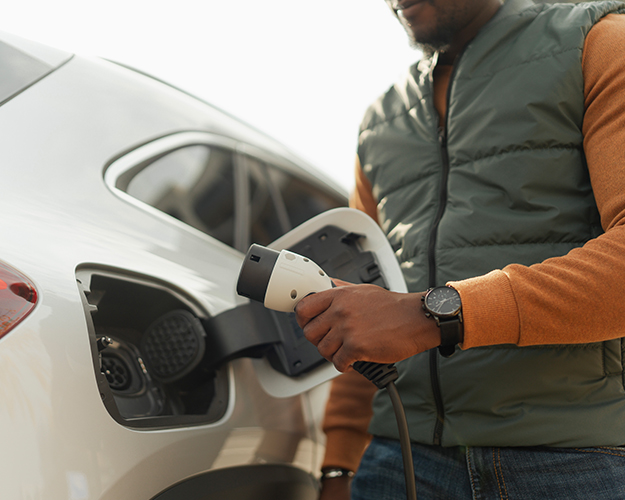Key Takeaways
- Recent tax legislation has set new termination dates for clean vehicle and alternative fuel refueling property credits, ending these incentives earlier than anticipated.
- The Inflation Reduction Act previously enhanced clean vehicle credits, allowing for significant tax credits of up to $4,000, $7,500, or $40,000 for different vehicle types, but these credits will now only apply to vehicles acquired before September 30, 2025.
- The Alternative Fuel Vehicle Refueling Property Credit, offering up to 30% of the property's basis with a maximum of $100,000 per item, will now require property to be placed in service by June 30, 2026, to qualify for the credit.
The One Big Beautiful Bill contains a wide range of provisions related to energy credits and deductions. Here’s how it will impact clean vehicle and refueling property credits.
Clean Vehicle Credits
The Inflation Reduction Act (IRA) significantly modified an array of clean vehicle credits. Specifically, the IRA enhanced the Section 25E Previously Owned Clean Vehicle Credit, Section 30D Clean Vehicle Credit, and Section 45W Commercial Clean Vehicles Credit. The credits allow for up to $4,000, $7,500, or $40,000 of credits, respectively, if certain requirements are met.
The OBBB makes no substantive changes to the dynamics of the credits but does terminate them early. While the changes do not negate purchases made before the termination date, they will likely curtail demand for “clean” vehicles.
Key Date: September 30, 2025
Date vehicles must be acquired by to claim the credit.
Alternative Fuel Vehicle Refueling Property Credit
The IRA enhanced the Section 30C Alternative Fuel Vehicle Refueling Property credit. Generally, the credit amount is up to 30% of the basis in the refueling property with a maximum credit of up to $100,000 per single item of refueling property.
Prevailing wage and apprenticeship rules exist for property that is of a character subject to depreciation. Property must be in an eligible census tract to be eligible for the credit.
The OBBB terminates the credit early but does not make changes to how the credit works. The new termination date requires that property must be placed in service by June 30, 2026.
Stay Up to Date

Tax
We have the tax expertise to meet your business needs.
Who We Are
Eide Bailly is a CPA firm bringing practical expertise in tax, audit, and advisory to help you perform, protect, and prosper with confidence.




